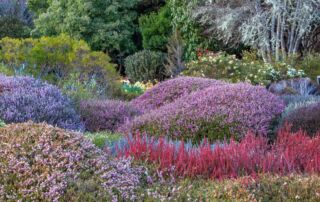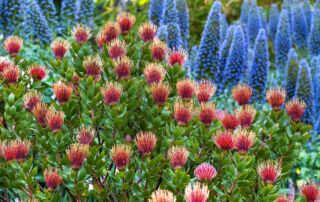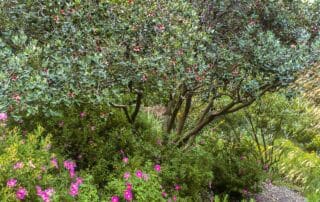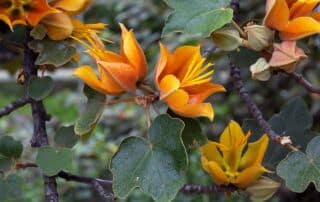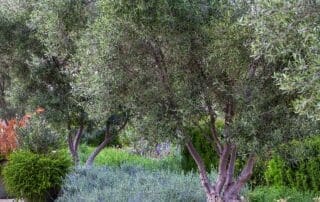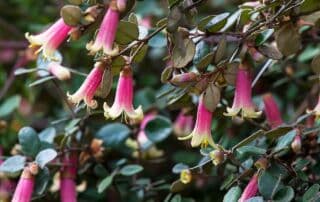Ericas for Mild-Winter Summer-Dry Climates
So, your summers are reliably dry, warm to hot, and sometimes, if only briefly, scorching. Your winters are usually wet and chilly but sometimes, briefly, icy cold. Years of drought and winter downpours both are common. Your soil is partly or mostly clay. Can you grow ericas? The short answer is maybe. Ericas from South Africa in the Mendocino Coast Botanical Gardens, Mendocino County, California Ericas are native to a long but fairly narrow band from Norway south to Portugal, Spain, and northern Morocco, east to Turkey and Lebanon, and south to the southernmost tip of Africa.


